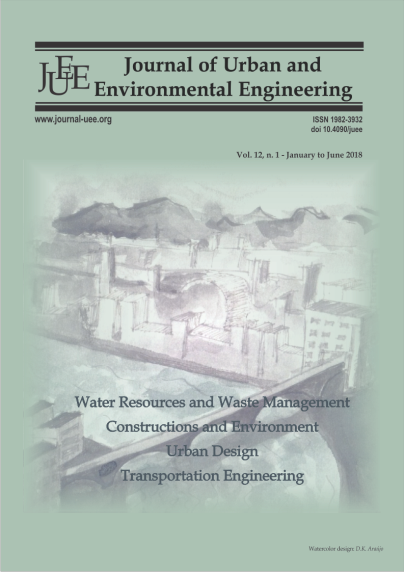NUMERICAL SIMULATION OF FLOW AND BIOKINETIC PROCESSES IN SUBSURFACE FLOW CONSTRUCTED WETLANDS: A SYSTEMATIC REVIEW
DOI:
https://doi.org/10.4090/juee.2018.v12n1.120-127Keywords:
Biokinetic reactions, flow simulation, reactive transport, wastewater treatmentAbstract
Constructed wetlands are engineered systems designed and constructed to treat wastewater using natural functions of vegetation, soils and microbial assemblages. Seeking the optimization of these systems, numerical simulation models have been developed in order to obtain parameters for design, representation of treating conditions and prediction of future scenarios. This paper reviews the state of the art on the numerical models for simulating flow and biokinetic processes in subsurface flow constructed wetlands. In this review, it is highlighted the application and performance of five software applied to simulate saturated horizontal flow (CWM1-RETRASO and PHWAT), variably saturated vertical flow (FITOVERT and HYDRUS-CW2D) and variably saturated vertical or horizontal flow (HYDRUS-CWM1). For vertical flow, FITOVERT requires less data input, but HYDRUS-CW2D simulates transformation of phosphorus and ammonia adsorption. For horizontal flow, HYDRUS-CWM1 and CWM1-RETRASO have similar approach in terms of species and number of reactions, but HYDRUS-CWM1 simulates the effect of transpiration and the limitations of bacterial growth. To simulate phosphorus in horizontal flow, the only applicable software is PHWAT, besides be able to simulate of gas production. In Brazil, a few studies address the subject of constructed wetlands simulation. Some of them apply software such as AQUASIM and MATLAB to support flow and transport equations.Downloads
Download data is not yet available.
Downloads
Published
2018-07-27
Issue
Section
Articles




